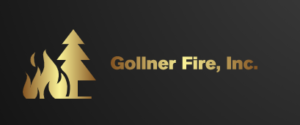Two new papers on how fires spread in the WUI published in Fire Technology!
How do fires spread into and within wildland-urban interface communities? Two new reviews published in Fire Technology have investigated this topic, breaking down the mechanisms which cause ignition of homes and communities. While radiative heat fluxes and local flame contact contribute to ignition in the WUI, firebrands are a dominant mechanism that is also poorly understood and needing further study. Part I of our study looks at the exposure conditions mentioned above that contribute to fire spread, and Part II reviews known susceptibilities of materials and the methods that have been studied to harden structures from this exposure.
Another interesting note on this study is that it was led by two undergraduate students, Sara Caton and Raquel Hakes, who are both now working on MS theses in Fire Protection Engineering. Their graduate work is focused on firebrand generation and ignition, the most understudied component of fire spread, sponsored by the National Institute of Standards and Technology and the Joint Fire Science Program. Support for this report initially came from the NFPA Fire Protection Research Foundation.
You can read either article by following the links below! Pre-print PDF’s are also available here.
Review of Pathways for Building Fire Spread in the Wildland Urban Interface Part I: Exposure Conditions
A Review of Pathways for Building Fire Spread in the Wildland Urban Interface Part II: Response of Components and Systems and Mitigation Strategies in the United States
default


